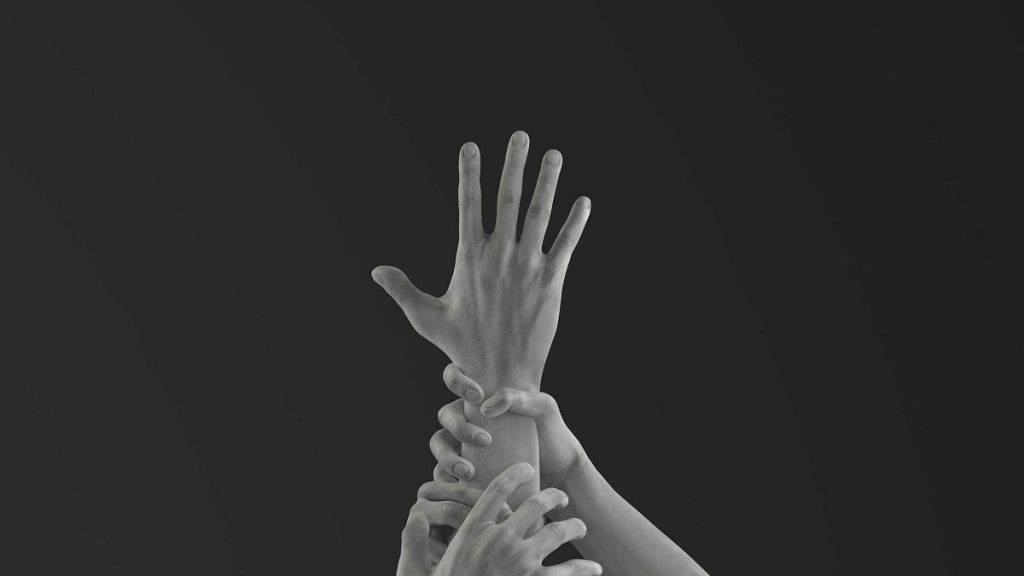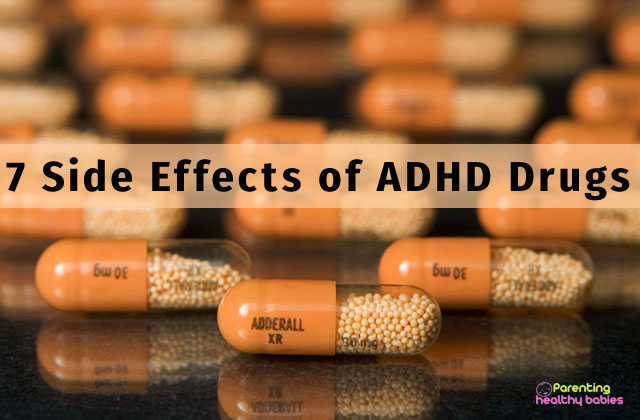Addiction is a long-term problem associated with how the brain’s motivation, reward, and memory systems work. For addiction to manifest itself fully, four things must be present. The four unique factors are known as the “4 C’s.” These are; compulsion, craving, consequences, and control. Let’s take a look at how the 4 C’s work.
1. Compulsion
Compulsion means a person wants to feed their addiction more than anything else. The behavior may start out of impulse, but as time goes by, it becomes a habit that a person can’t stop. When individuals stop the compulsive habit, they feel extreme anxiety that affects everything they do.
2. Craving
The craving stage represents a compulsion to feed the addiction. The craving manifests as a physical need, such as intense hunger. The individual seems to crave a substance so much that it seems critical for survival. The urge frequently manifests as insomnia, anorexia, or restlessness. Cravings are a consequence of the brain’s chemical alterations.
3. Consequences
Even when negative outcomes are evident, the addictive behavior persists. Relationship, work, legal, and monetary issues are some of the consequences of addiction
4. Control
The individual loses control over when and how they indulge their addiction. In the early phases of addiction, individuals frequently attempt to reduce or eliminate the behavior. In the absence of the control stage of addiction, this is untenable.
Risk Factors and Causes of Addiction
Some of the risk factors leading to addiction include:
- Some persons may be predisposed to become addicted to drugs because of genetic reasons.
- The effects of drugs on the brain: People take drugs and alcohol because of their pleasurable effects on the brain. The motivation to do it again is because of the immediate satisfaction. Dopamine, a brain neurotransmitter linked to reward and pleasure, is released after consuming all addictive substances.
- A person’s surroundings, including the attitudes of their friends, family, and community, can tip the scales toward substance abuse. In some instances, substance abuse becomes a coping mechanism for individuals who have experienced marginalization or bias.
- Mental health accounts for more than half of those who struggle with addiction. Therefore, substance use, even in moderation, can magnify psychological problems.
- When dealing with stressful feelings, a number of individuals will resort to substance abuse as a coping mechanism. Coping leads to clients learning to control their feelings about substance use.
The 4 C’s model is a straightforward method for determining whether a person has an addiction. Suppose a person exhibits the 4 Cs of addiction. In that case, they should seek an evaluation from a healthcare professional specializing in addiction or explore options such as rehab in Arizona.
Protective Factors of Addiction
When it comes to substance use and addiction, certain protective factors can help prevent or reduce the risk of addiction. These protective factors include:
- Presence of a positive role model in an adult
- Good parental supervision
- Building a strong attachment to family, community, and education systems
- Working on goals and aspirations
- Involvement in meaningful activities, such as sports and volunteer work
The 4 C’s of the addiction model will apply to any kind of addiction. This includes but is not limited to drugs, gaming, alcohol, gambling, sex, and caffeine. The model works using the same parameters because most individuals act the same way.
Read more: 15 Effective Home Remedies For Drug Addiction













